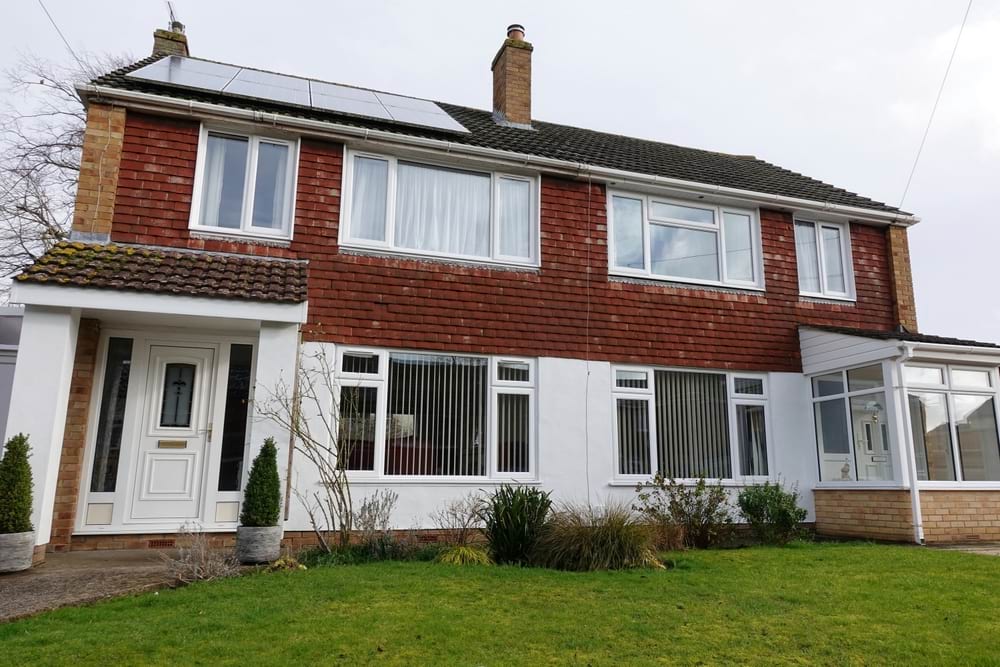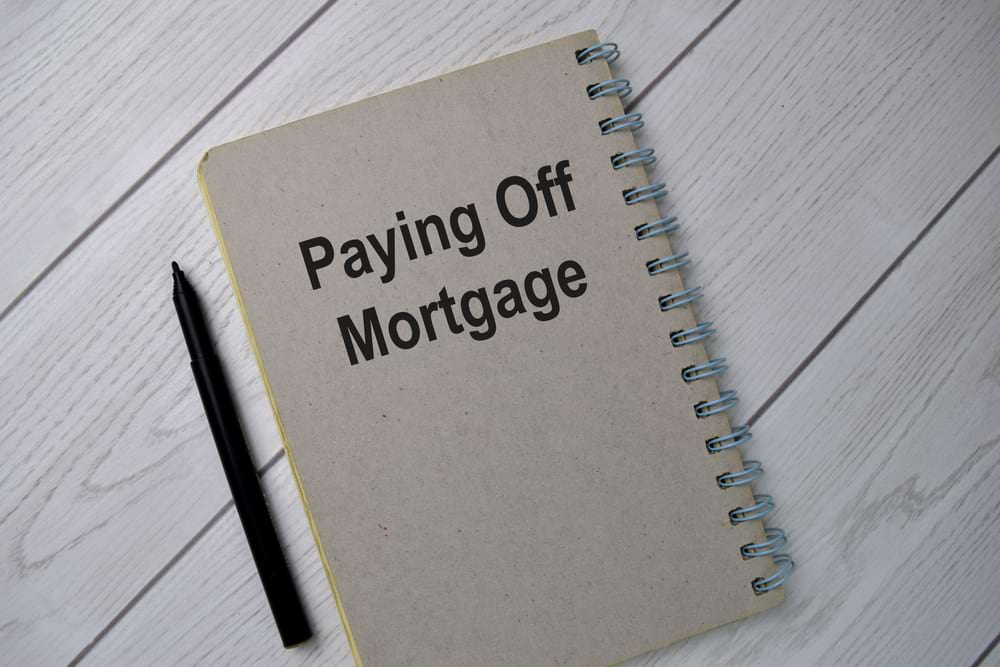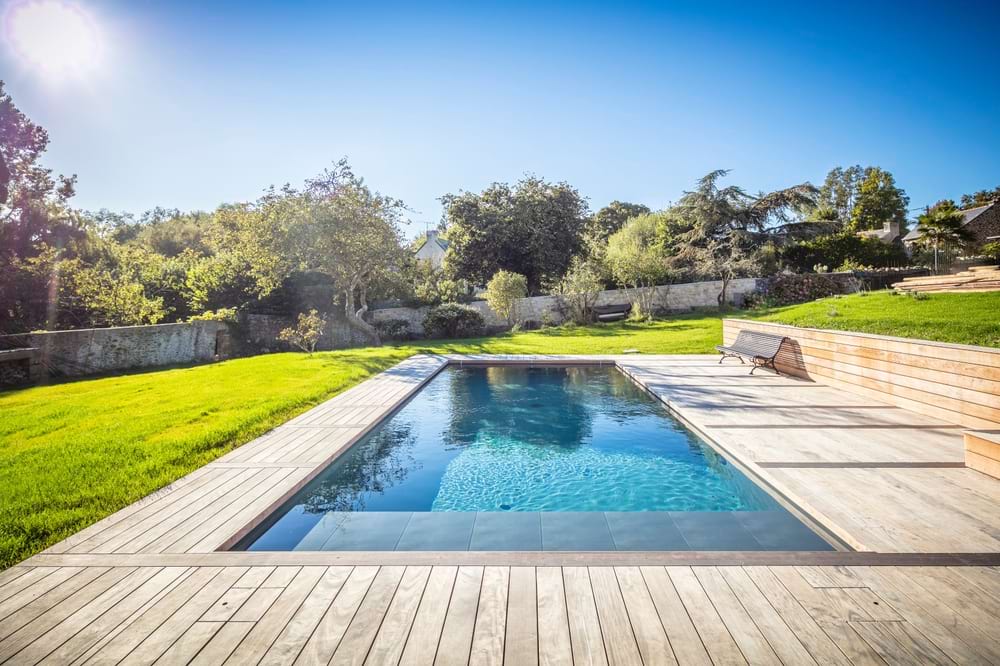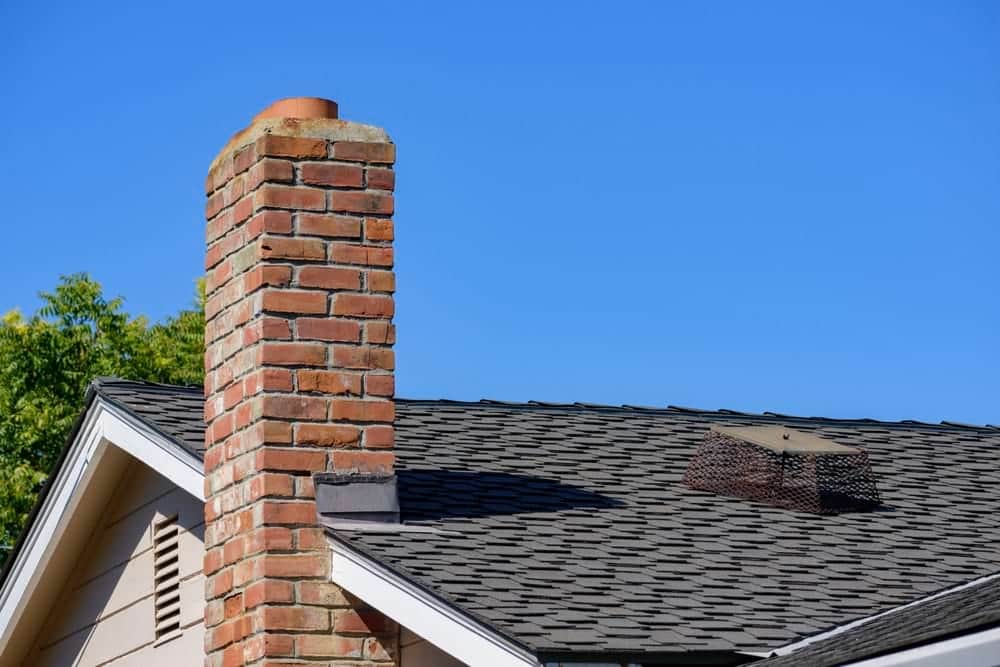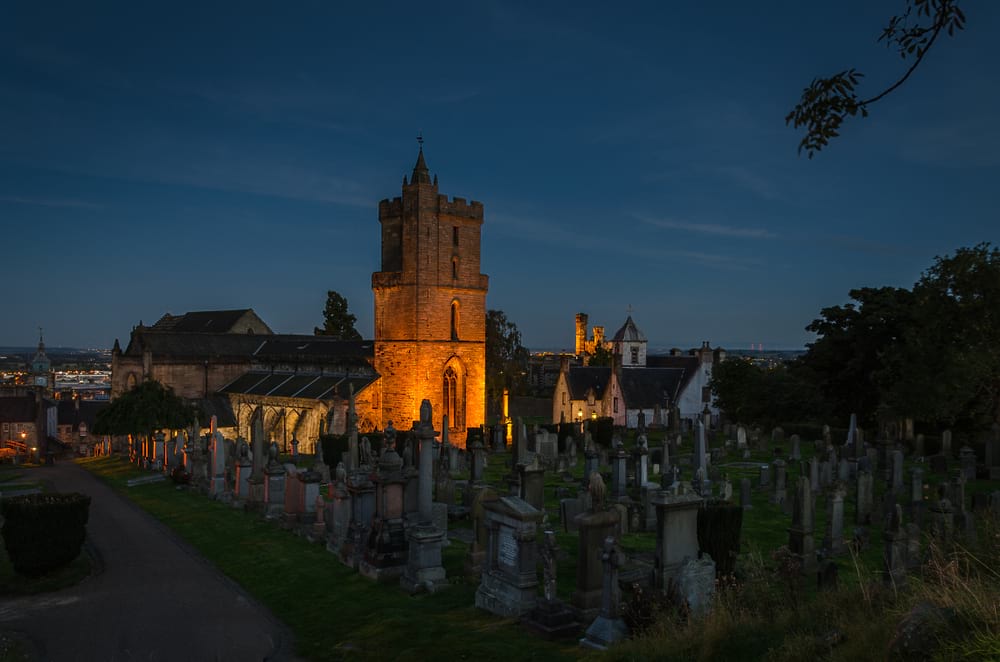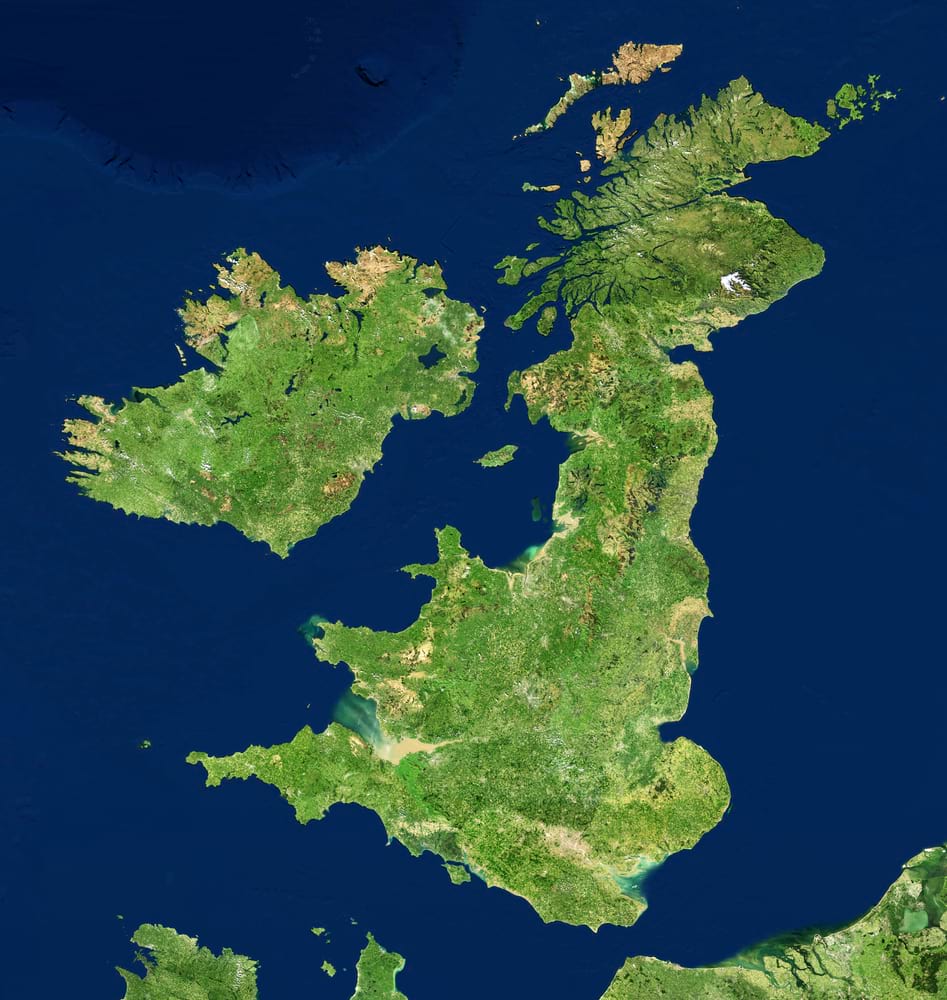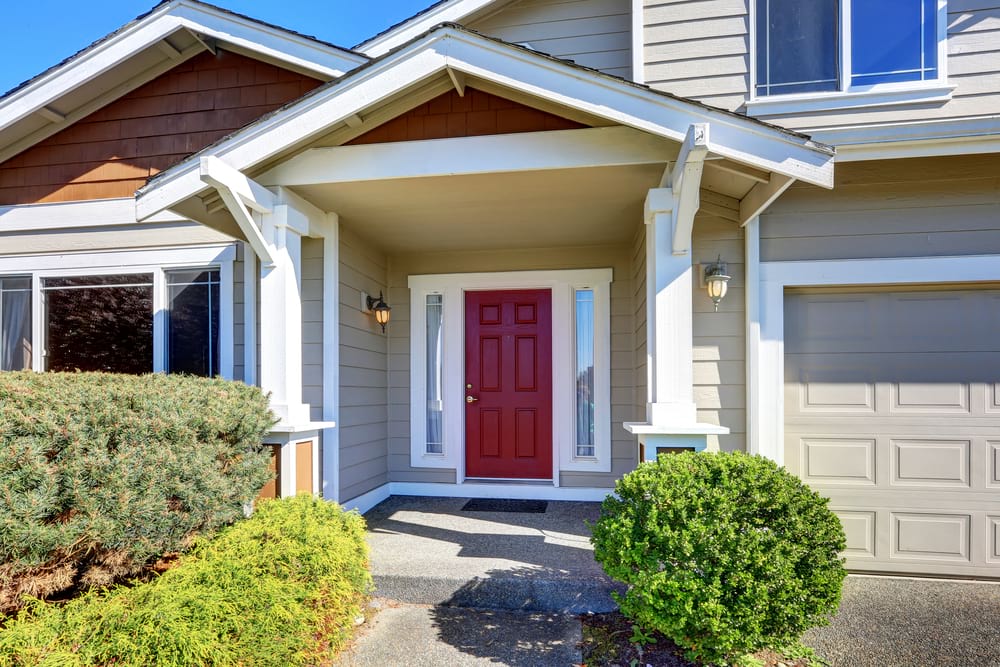In the United Kingdom, there are many different types of property.
You may struggle to get a mortgage on the less common.
One of the house types that fit within this category is a BISF house.
Read on to learn what they are and what to consider if you buy one.
What is an BISF house?
A British Iron and Steel Federation (BISF) house (also known as an Airey House) is a prefabricated house built between the 1940s and 1950s in the UK.
They are named after the organisation responsible for emergency building during the Second World War (1939 – 1945). They were often built near factories.
(Their other name, ‘Airey houses’, comes from their designer’s name: Edward Airey.)
The construction methods used to build them were considered ‘non-traditional’ then. The emphasis was on building them fast and cheaply.
How common are BISF houses?
There are approximately 26,000 BISF houses across the UK.
They are most commonly seen in the north of the UK. Glasgow and Liverpool have the highest numbers.
How BISF houses were built
Previously, houses were built on the spot mainly from one material, such as brick or stone.
But BISF houses’ walls were assembled at a factory and brought to the site before being wrapped around a structure.
This simplified method required a less skilled workforce.
Pre-made concrete columns were set down and clad with concrete panels (attached using copper wire). These columns were then reinforced with steel.
The house’s interior is constructed with walls clad with fibreboard or plasterboard. Concrete would be used for the ground floor and fabricated beams for the first floor.
The roof is pitched and was often clad with timber or PVCU boarding, using the rafter or purlin method for construction.
In some houses, the roof runs perpendicular from the top of the walls to the ridgeline. It can also run parallel to the ridgeline.
They are often semi detached and have front and back gardens.
Problems with BISF houses
During the 1980s, problems appeared with the stability and durability of BISF houses.
The weather penetrated the cladding in areas with extreme wind and rain. This caused rust and corrosion to the steel reinforcement of the buildings.
Wales and the North-east of England experienced this the most. In turn, the concrete frameworks were damaged.
The Home Secretary called non-standard construction ‘defective’ in 1985. This was enshrined under the 1985 Housing Act.
And lenders no longer wanted to offer money on them. So, the government funded owners to make their BISF property saleable.
What is a PRC certificate?
If you want to sell your house on the open market, you must look into getting a prefabricated reinforced concrete (PRC) certificate.
A PRC certificate proves to mortgage lenders that your property is safe to live in.
This means they will be more willing to offer a mortgage. The certificate must be from an approved PRC inspector.
There are steps you need to follow to get a PRC certificate. This involves making improvements to your house.
Your approved contractor can provide guidance on what these changes will need to be.
You’ll then need to get quotations on the cost involved to make these improvements.
Can you get a Mortgage on an BISF?
You may struggle to get a mortgage on a BISF house.
This is due to their lack of durability, which can also cause them to lose value.
You cannot get a mortgage on a BISF unless you have a PRC certificate proving that it is safe to live in.
This same expert can then issue you with the certificate once everything is in order. At this point, a mortgage becomes possible.
Can I sell an BISF house?
You can sell your house on the open market if you have a PRC certificate.
There are other options for selling it, too.
The fastest and most reliable is selling to a cash buyer. These will often take properties on in any condition.
Auction houses are another alternative, though they can’t guarantee a sale like a cash buyer can.
Should you buy a BISF House?
It depends on your priorities when purchasing a property and price you you can buy it for.
If improvements are not made to the BISF house then the price should be lower. You should account for the time and money you will need to spend.
And you should get a survey to check for any red flags with the property.
What other properties were deemed defective in 1985?
In the 1985 Housing Act, many other types of properties were labelled as defective, including:
- Cornish houses are the most common, with around 30,000 properties in the UK by the 1960s.
- Hawksley properties are another example as they are built with PRC beams. This is despite their brick appearance.
- Reena Hollow Panel properties have external walls made from PRC panels.
- Unity PRC properties
- Wates PRC properties
